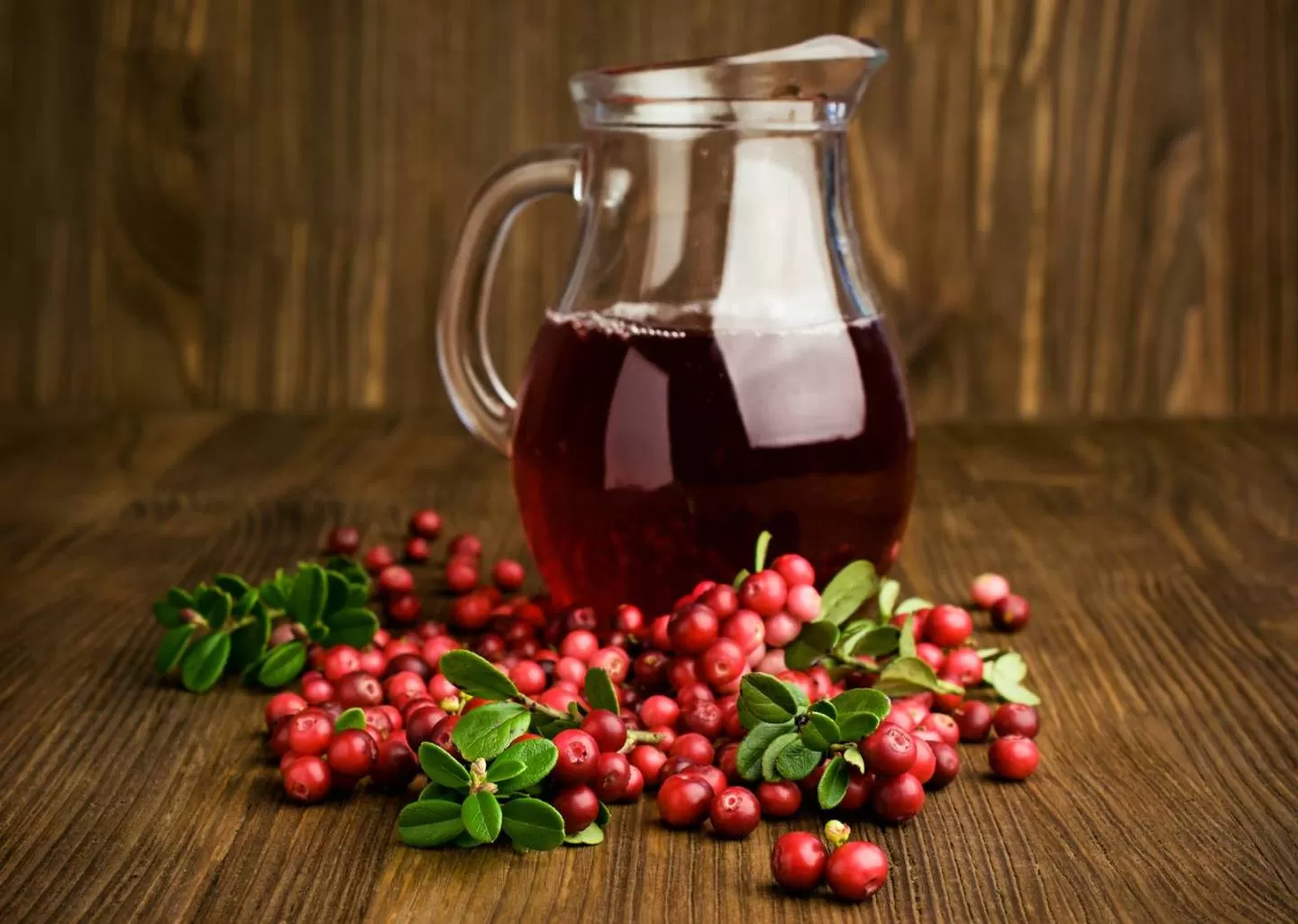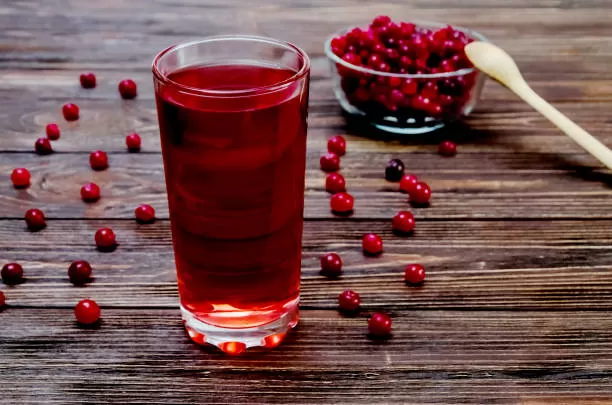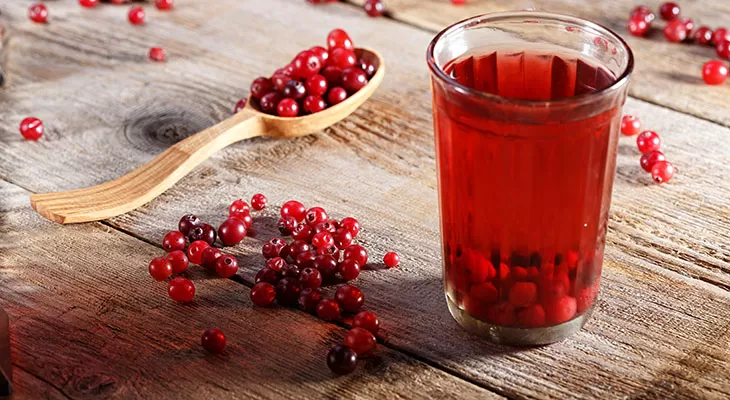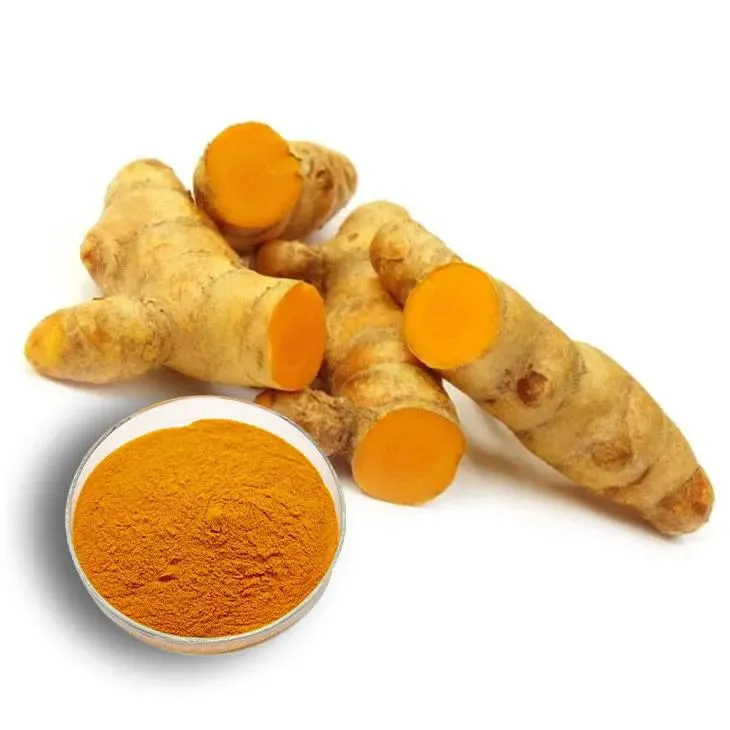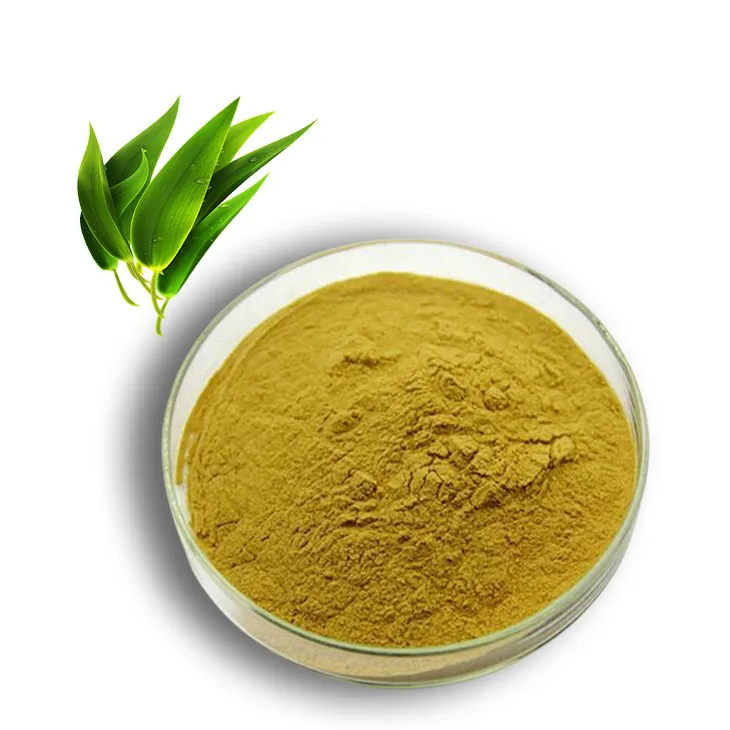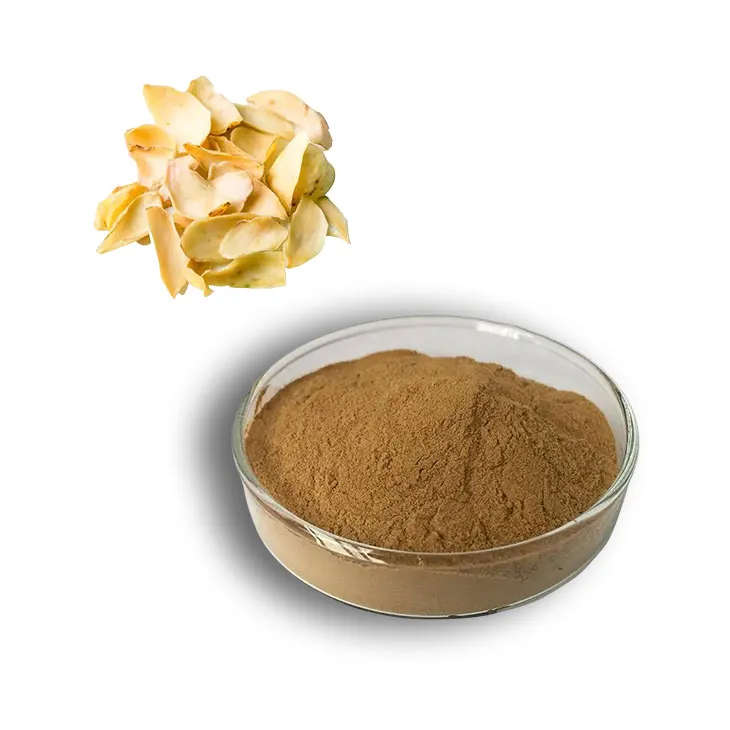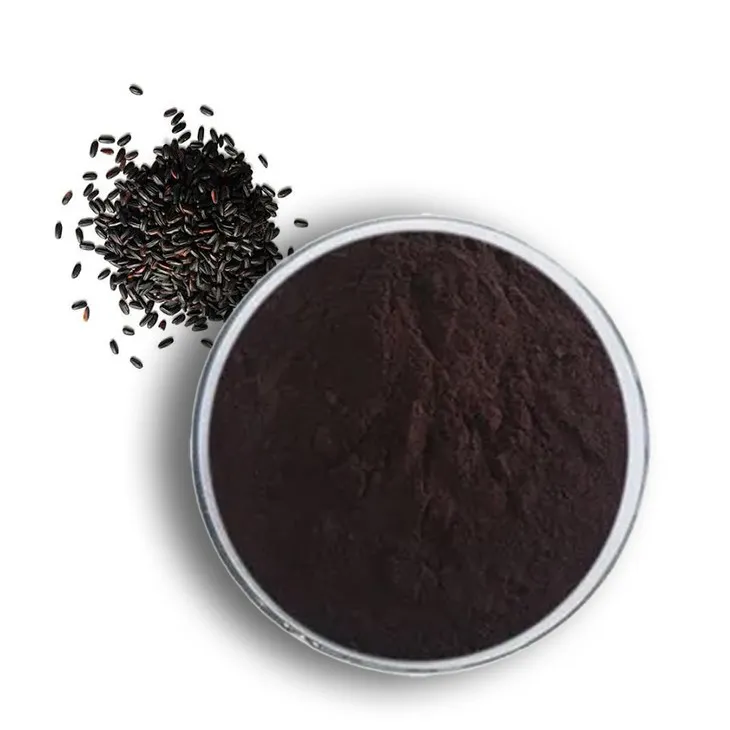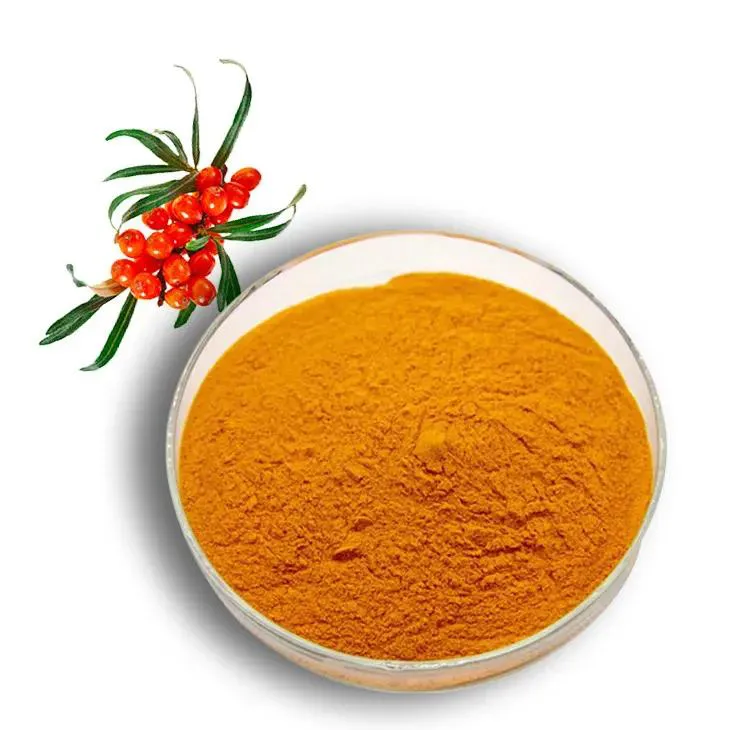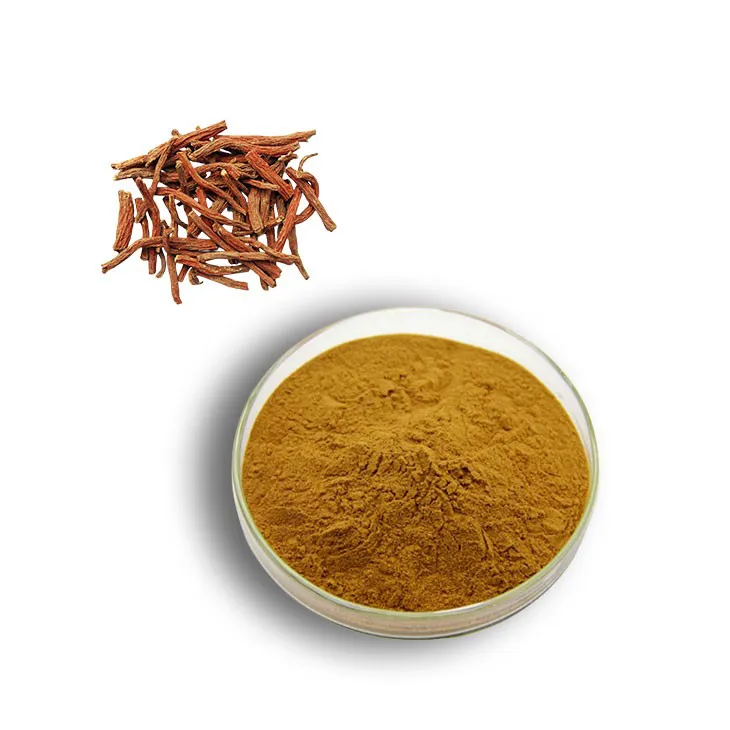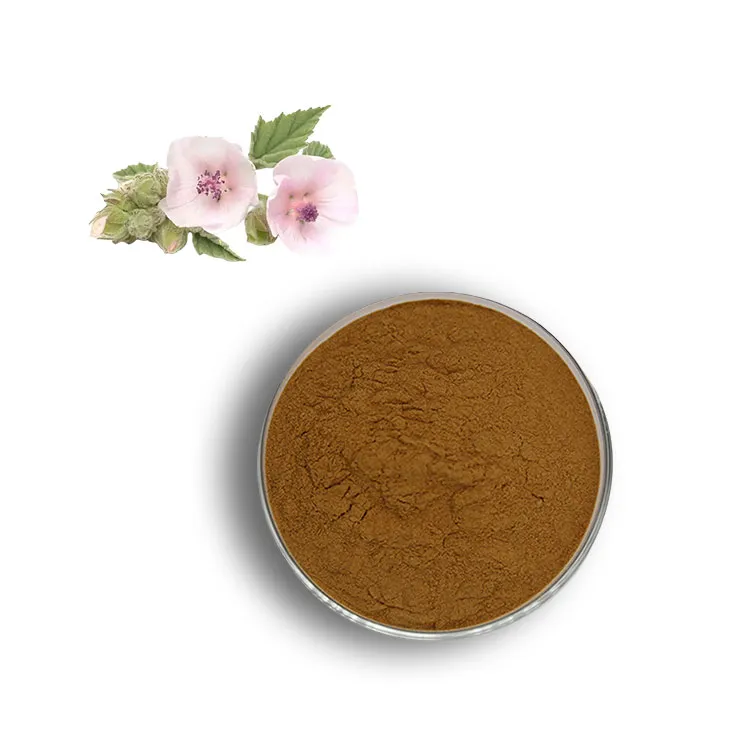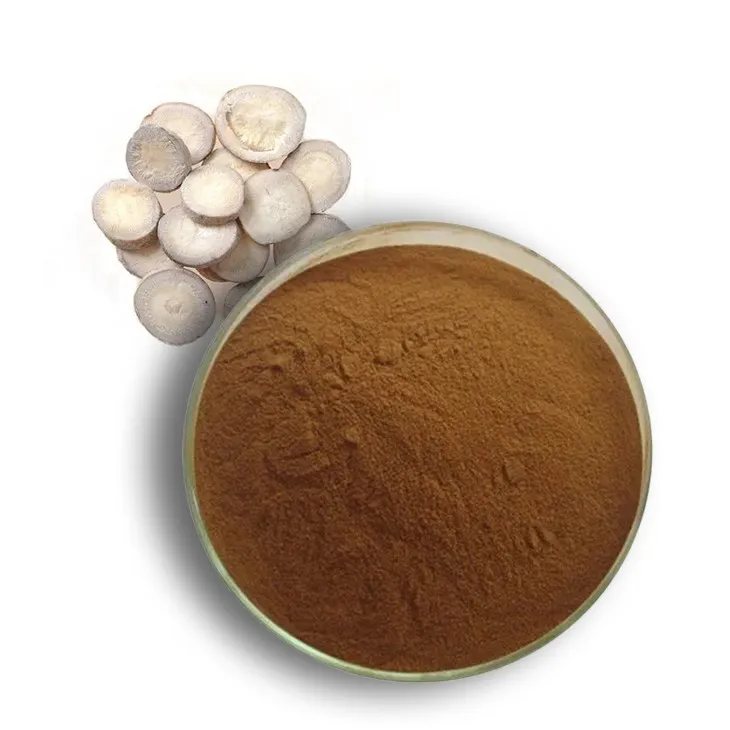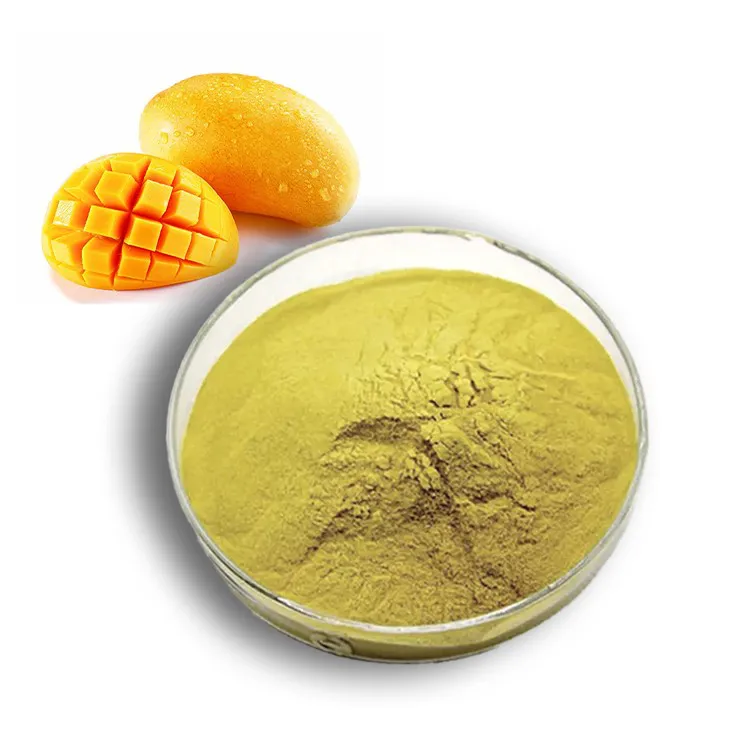- 0086-571-85302990
- sales@greenskybio.com
Pure 85% Giant Knotweed (Polygonum cuspidatum) Extract.
2024-12-21
1. Introduction
Polygonum cuspidatum, also known as Japanese knotweed, has been a subject of great interest in various fields. The pure 85% Polygonum Cuspidatum Extract is a significant form of this plant - derived substance that holds a plethora of potential applications. This extract is not only a product of nature but also a focus of modern scientific research, aiming to explore and utilize its various properties.
2. Pharmaceutical Potential
2.1 Treatment of Metabolic Disorders
In the pharmaceutical realm, the 85% pure Polygonum Cuspidatum Extract has demonstrated promising potential in the treatment of certain metabolic disorders. Metabolism is a complex set of chemical reactions in the body that are crucial for maintaining life. Any disruption in this process can lead to various health problems. The bioactive components present in the extract may play a role in regulating metabolism. For example, some compounds in the extract could potentially influence the way the body processes sugars and fats. This could be beneficial for patients with conditions such as diabetes or obesity, where abnormal metabolism of these substances is a key factor.2.2 Hepatoprotective Effects
Another important aspect is its possible hepatoprotective effects. The liver is a vital organ responsible for numerous functions, including detoxification. However, it is constantly exposed to various harmful substances that can cause damage. The Polygonum Cuspidatum Extract may act as a safeguard for the liver. Research suggests that certain constituents in the extract can protect liver cells from damage caused by toxins or other harmful agents. This could potentially lead to the development of new treatments for liver diseases or as a preventive measure for liver damage in high - risk individuals.3. Traditional Medicine and Modern Validation
Polygonum cuspidatum has a long history of use in traditional medicine. For centuries, it has been utilized in different cultures for various health - related purposes. In traditional Chinese medicine, for instance, it has been used to treat ailments such as inflammation and joint pain. Now, modern science is stepping in to validate the efficacy of these traditional uses. The 85% pure extract is being studied intensively to understand the scientific basis behind its traditional applications. Through advanced research techniques, scientists are able to identify the specific bioactive compounds in the extract that are responsible for its medicinal properties. This not only validates the wisdom of traditional medicine but also paves the way for the development of more targeted and effective modern medicines based on Polygonum cuspidatum extract.
4. Environmental Protection Applications
4.1 Role in Wastewater Treatment
In the area of environmental protection, there are exciting studies exploring the role of Polygonum cuspidatum extract in wastewater treatment. Wastewater contains a variety of pollutants that can have a negative impact on the environment and human health if not properly treated. Some of the chemical constituents in the 85% pure Polygonum cuspidatum extract can interact with pollutants in water. For example, it may be able to bind to heavy metals or organic contaminants, making them less harmful or easier to remove from the water. This makes it a possible candidate for eco - friendly treatment methods. Compared to traditional wastewater treatment chemicals, the use of plant - based extracts like Polygonum cuspidatum extract could potentially be more sustainable and less harmful to the environment.4.2 Other Environmental Benefits
Besides wastewater treatment, there may be other environmental benefits associated with Polygonum cuspidatum. For instance, its growth characteristics could be studied for soil conservation purposes. If it can grow in areas with poor soil quality and help prevent soil erosion, it could be used in re - vegetation projects. Additionally, understanding its role in the ecosystem could help in better managing natural habitats and promoting biodiversity.5. Chemical Composition and Bioactivity
The bioactivity of the 85% pure Polygonum cuspidatum extract is closely related to its chemical composition. The extract contains a variety of compounds, including flavonoids, stilbenes, and polysaccharides. Flavonoids are known for their antioxidant properties, which can help protect cells from damage caused by free radicals. Stilbenes, on the other hand, have been shown to have anti - inflammatory and anti - cancer properties in some studies. The polysaccharides may play a role in immune modulation. Understanding the chemical composition and how these components interact is crucial for further exploring the potential of the extract. For example, scientists are studying how different extraction methods can affect the composition and bioactivity of the extract. By optimizing the extraction process, it may be possible to enhance the desired bioactive properties of the extract for specific applications.
6. Challenges and Future Directions
6.1 Challenges in Research
Despite the promising potential of the 85% pure Polygonum cuspidatum extract, there are several challenges in its research. One of the main challenges is the complexity of its chemical composition. With multiple bioactive components present, it can be difficult to isolate and study the specific effects of each compound. Additionally, standardizing the extract for consistent quality in research and potential commercial applications is a challenge. Different sources of the plant and extraction methods can lead to variations in the composition and activity of the extract.6.2 Future Research Directions
Looking ahead, there are several directions for future research. Firstly, more in - depth studies are needed to fully understand the mechanisms of action of the extract in treating metabolic disorders and protecting the liver. This will require advanced research techniques such as molecular biology and genomics. Secondly, exploring new applications in environmental protection, such as its potential use in air pollution control, could be an interesting area of research. Thirdly, improving the extraction and purification methods to obtain a more consistent and highly active extract is essential for its future development in both the pharmaceutical and environmental fields.7. Conclusion
The pure 85% Polygonum cuspidatum extract is a substance with remarkable potential. Its applications in the pharmaceutical, traditional medicine, and environmental protection fields are vast and worthy of further exploration. While there are challenges in research and development, the continued efforts of scientists in understanding its chemical composition, bioactivity, and potential applications will surely unlock more of its potential in the future. This plant - based extract could potentially contribute to the development of new medicines, more sustainable environmental solutions, and a better understanding of the relationship between traditional medicine and modern science.
FAQ:
What are the main bioactive components in 85% Polygonum cuspidatum extract?
The main bioactive components in 85% Polygonum cuspidatum extract include resveratrol and other polyphenols. Resveratrol is well - known for its potential health - promoting properties, such as antioxidant, anti - inflammatory, and anti - aging effects. These bioactive components contribute to the various functions and potential applications of the extract.
How does the 85% Polygonum cuspidatum extract regulate metabolism?
The bioactive components in the 85% Polygonum cuspidatum extract may interact with cellular signaling pathways related to metabolism. For example, they might influence the activity of enzymes involved in lipid and glucose metabolism. By modulating these processes, the extract can potentially play a role in treating metabolic disorders.
What evidence supports the hepatoprotective effects of 85% Polygonum cuspidatum extract?
Several in - vitro and in - vivo studies have provided evidence for the hepatoprotective effects. In - vitro studies have shown that the extract can protect liver cells from damage caused by toxins. In - vivo studies on animal models have also demonstrated that it can improve liver function markers, such as reducing levels of liver enzymes. These findings suggest that the extract has potential in protecting the liver.
How can 85% Polygonum cuspidatum extract be used in wastewater treatment?
Some chemical constituents in the extract can bind to pollutants in wastewater, such as heavy metals and organic contaminants. This binding ability can help in the removal or reduction of these pollutants from water. However, more research is needed to develop practical and cost - effective treatment methods using the extract.
Is 85% Polygonum cuspidatum extract safe for human use?
While the extract has shown potential benefits, safety is still an important consideration. In normal dosages, it may be relatively safe, but high doses or long - term use may have potential side effects. More research, including clinical trials, is needed to fully determine its safety profile for human use.
Related literature
- The Bioactive Compounds of Polygonum cuspidatum and Their Health Benefits"
- "Polygonum cuspidatum Extract in Metabolic Disorder Management: A Review"
- "Hepatoprotective Mechanisms of Polygonum cuspidatum Extract"
- "The Role of Polygonum cuspidatum in Environmental Remediation: A Comprehensive Study"
- ▶ Hesperidin
- ▶ citrus bioflavonoids
- ▶ plant extract
- ▶ lycopene
- ▶ Diosmin
- ▶ Grape seed extract
- ▶ Sea buckthorn Juice Powder
- ▶ Beetroot powder
- ▶ Hops Extract
- ▶ Artichoke Extract
- ▶ Reishi mushroom extract
- ▶ Astaxanthin
- ▶ Green Tea Extract
- ▶ Curcumin Extract
- ▶ Horse Chestnut Extract
- ▶ Other Problems
- ▶ Boswellia Serrata Extract
- ▶ Resveratrol Extract
- ▶ Marigold Extract
- ▶ Grape Leaf Extract
- ▶ blog3
- ▶ Aminolevulinic acid
- ▶ Cranberry Extract
- ▶ Red Yeast Rice
-
Is Cranberry Extract Good for the Liver?
2024-12-21
-
What is Cranberry Extract Good For?
2024-12-21
-
What Organ Is Cranberry Good For?
2024-12-21
-
Tongkat Ali Extract Powder
2024-12-21
-
Curcumin Extract
2024-12-21
-
Bamboo Leaf extract
2024-12-21
-
Lily extract
2024-12-21
-
Black Rice Extract
2024-12-21
-
Sea buckthorn Juice Powder
2024-12-21
-
Dan Shen Root Extract/Salvia Root Extract
2024-12-21
-
Medicinal Marshmallow Extract
2024-12-21
-
White Peony Extract
2024-12-21
-
Mango flavored powder
2024-12-21














